Arthritis From Lyme Disease
Arthritis from lyme disease. Lyme disease often leads to Lyme arthritis. Individuals with early disseminated or late Lyme infection may have symptomatic cardiac disease Lyme arthritis or neurologic symptoms like facial palsy radiculopathy meningitis or peripheral neuropathy. Because Lyme arthritis is a late manifestation of untreated Lyme disease high levels of anti-Borrelial antibodies are present serology is a highly sensitive test.
Because of reporting practices this statistic may overstate the frequency of arthritis among. However a new study 1 warns that systemic arthritis can also arise after Lyme disease and that the Lyme history can confound the real diagnosis of an autoimmune disorder like rheumatoid arthritis or psoriatic arthritis. Although Lyme disease may affect many organs such as the heart and nervous system joint involvement tends to be the most common and persistent manifestation resulting in joint swelling and pain.
This pain can appear in any joint on the body. Lyme disease occurs when deer ticks in parts of North America and Europe that carry Borrelia burgdorferi bacteria infect humans. Lyme arthritis can be defined as a painful swollen joint that causes a stiffness similar to osteoarthritis and occurs most commonly in the late stages of Lyme disease usually several months.
Lyme disease can sometimes be confused with other conditions such as rheumatoid arthritis RA. Lyme disease is a bacterial infection spread by deer ticks. Lyme arthritis is an oligoarthritis most commonly affecting the knees.
The arthritis pain appears in bouts or attacks and can last for weeks or months at a time. It is a prevalent symptom of Lyme disease and can occur in the early or late stages of Lyme. The arthritis may be migratory or intermittent particularly initially as well as persistent.
About 60 of people who are infected with Lyme develop arthritis unless they receive antibiotics. If left untreated the infection can spread to the joints heart and nervous system causing more serious symptoms that can be difficult to cure. The symptoms of the two conditions are similar in nature.
For example in Lyme arthritis the joints that experience arthritic symptoms are only on one side of the body. That may be caused by an infection from a tick bite.
Late Lyme arthritis is a third stage Lyme disease manifestation that involves fluid accumulation and pain in joints particularly in the knee joints.
About 60 of people who are infected with Lyme develop arthritis unless they receive antibiotics. The arthritis pain appears in bouts or attacks and can last for weeks or months at a time. Tendons ligaments or bursae may also be affected. While osteoarthritis is caused by joint damage that worsens over time Lyme arthritis is caused by the borrelia bacteria. Arthralgia is a pain in the joint. However a new study 1 warns that systemic arthritis can also arise after Lyme disease and that the Lyme history can confound the real diagnosis of an autoimmune disorder like rheumatoid arthritis or psoriatic arthritis. If caught early it is easily treated with antibiotics. Although Lyme disease may affect many organs such as the heart and nervous system joint involvement tends to be the most common and persistent manifestation resulting in joint swelling and pain. If left untreated the infection can spread to the joints heart and nervous system causing more serious symptoms that can be difficult to cure.
Lyme disease can sometimes be confused with other conditions such as rheumatoid arthritis RA. Late neurologic disease is a 3 rd stage condition that can also be debilitating and difficult to diagnose. Lyme arthritis can be defined as a painful swollen joint that causes a stiffness similar to osteoarthritis and occurs most commonly in the late stages of Lyme disease usually several months. The purpose of this study was to identify a prediction rule to differentiate septic arthritis from Lyme disease in children presenting with knee pain and effusion. Lyme arthritis is almost never a. About 60 of people who are infected with Lyme develop arthritis unless they receive antibiotics. If left untreated permanent damage to the joint can occur.

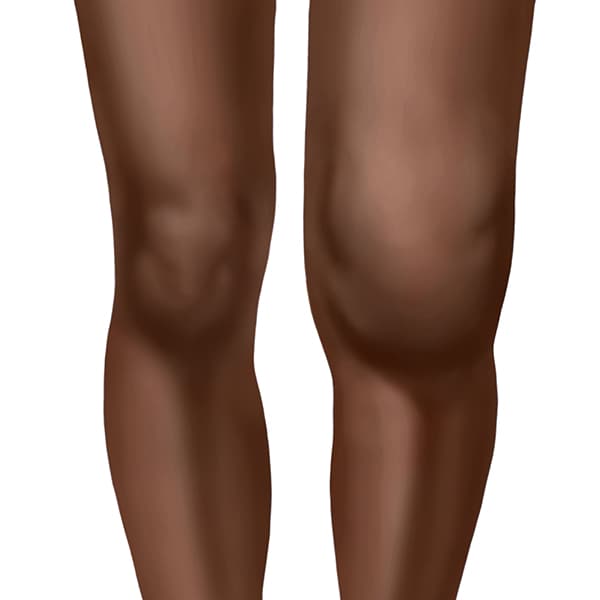
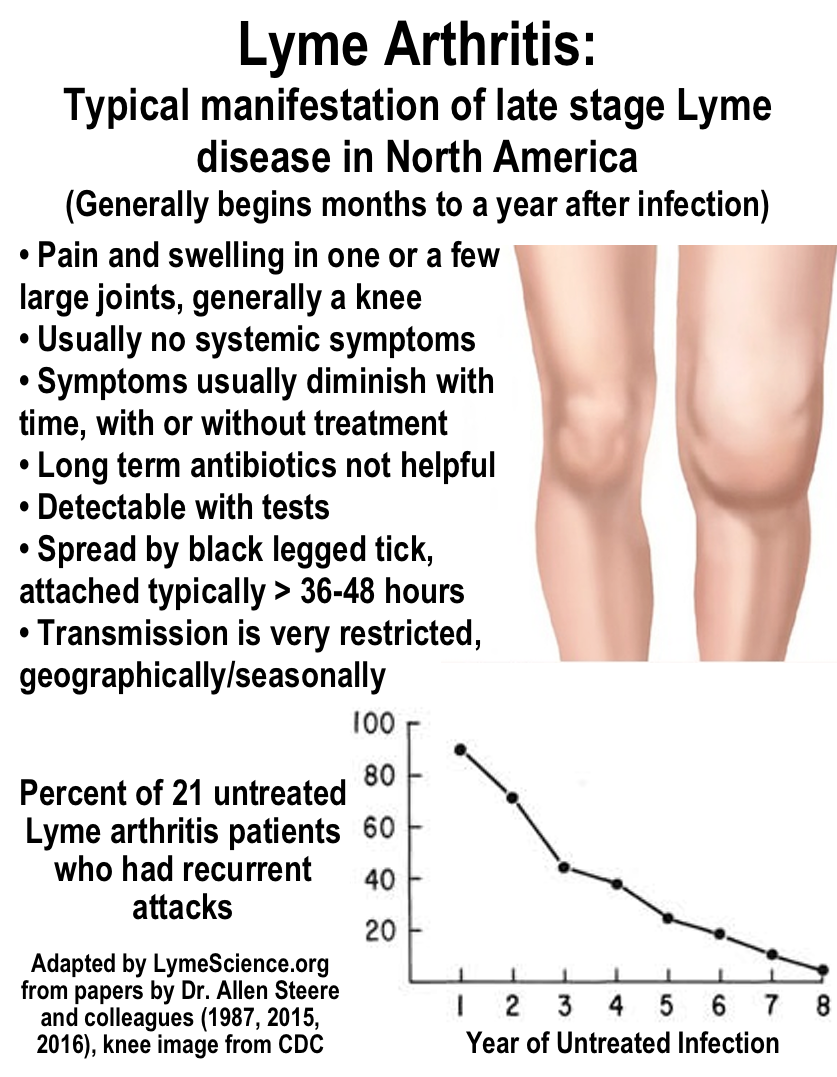
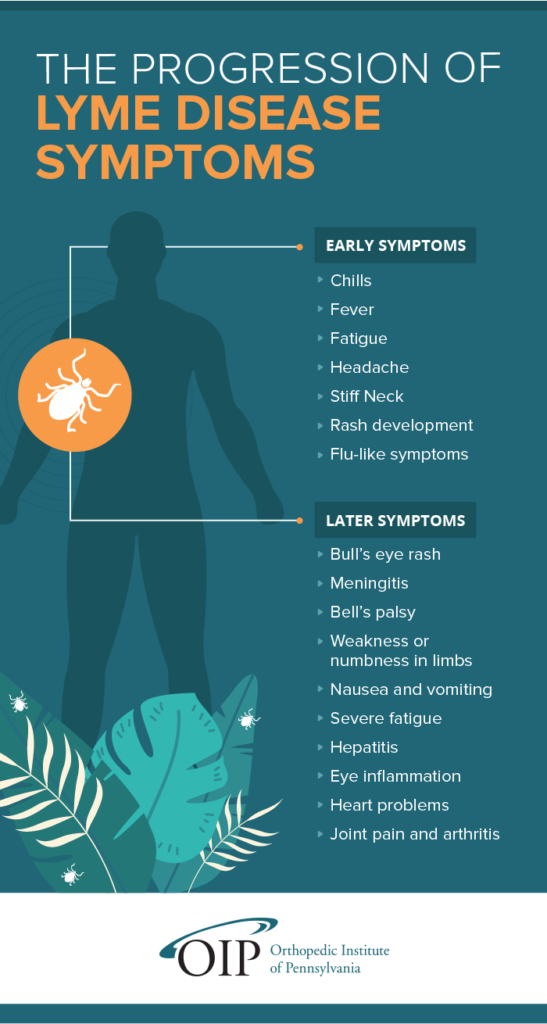


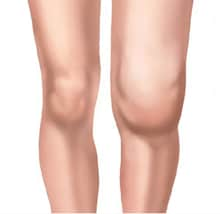

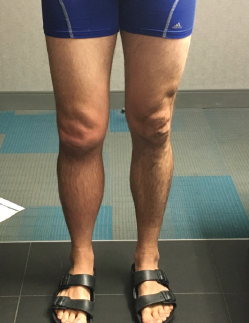
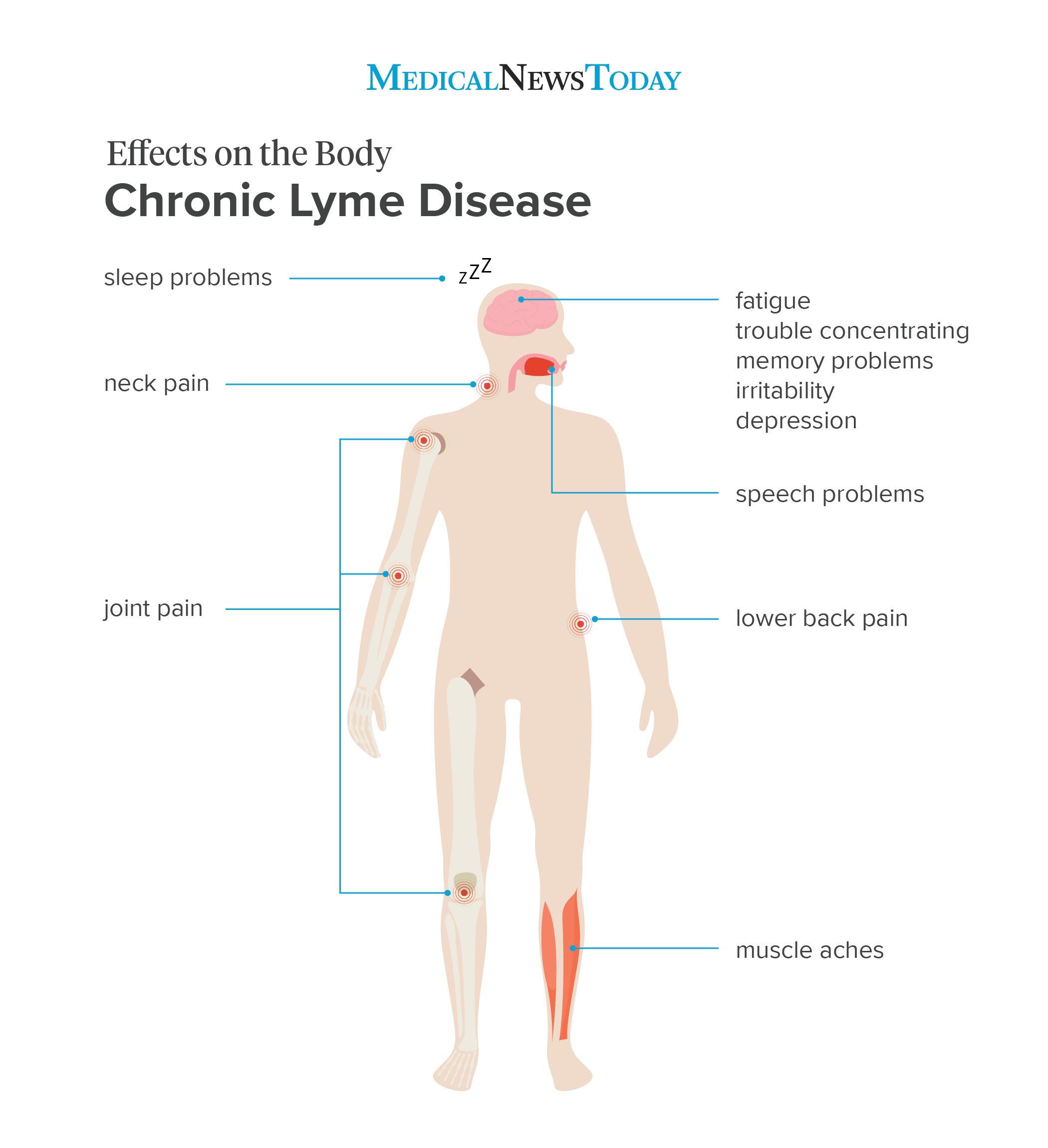








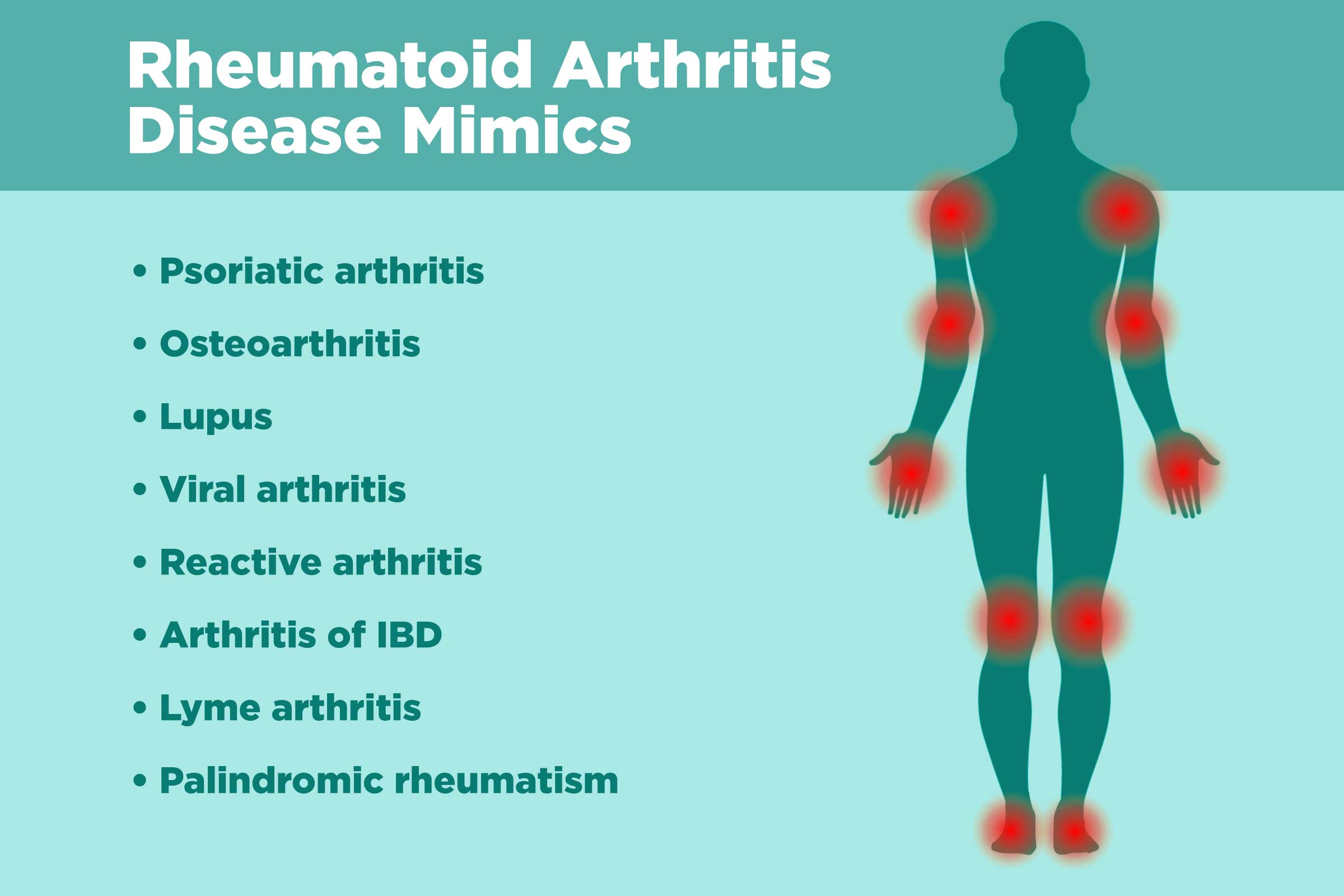






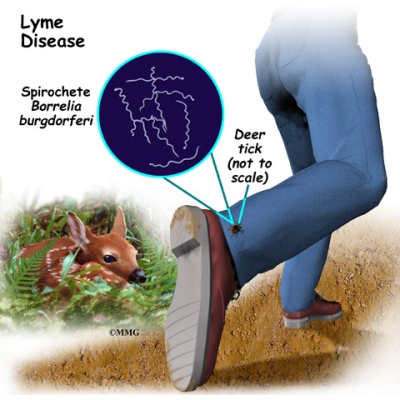
















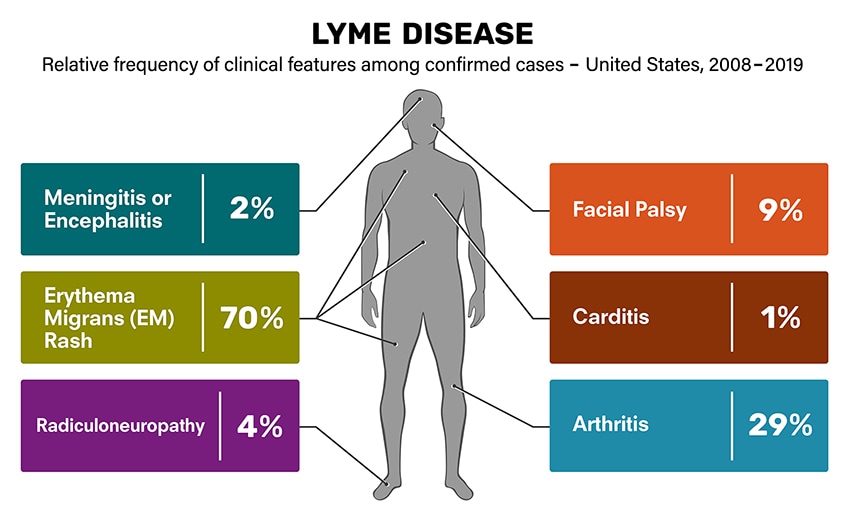



Post a Comment for "Arthritis From Lyme Disease"